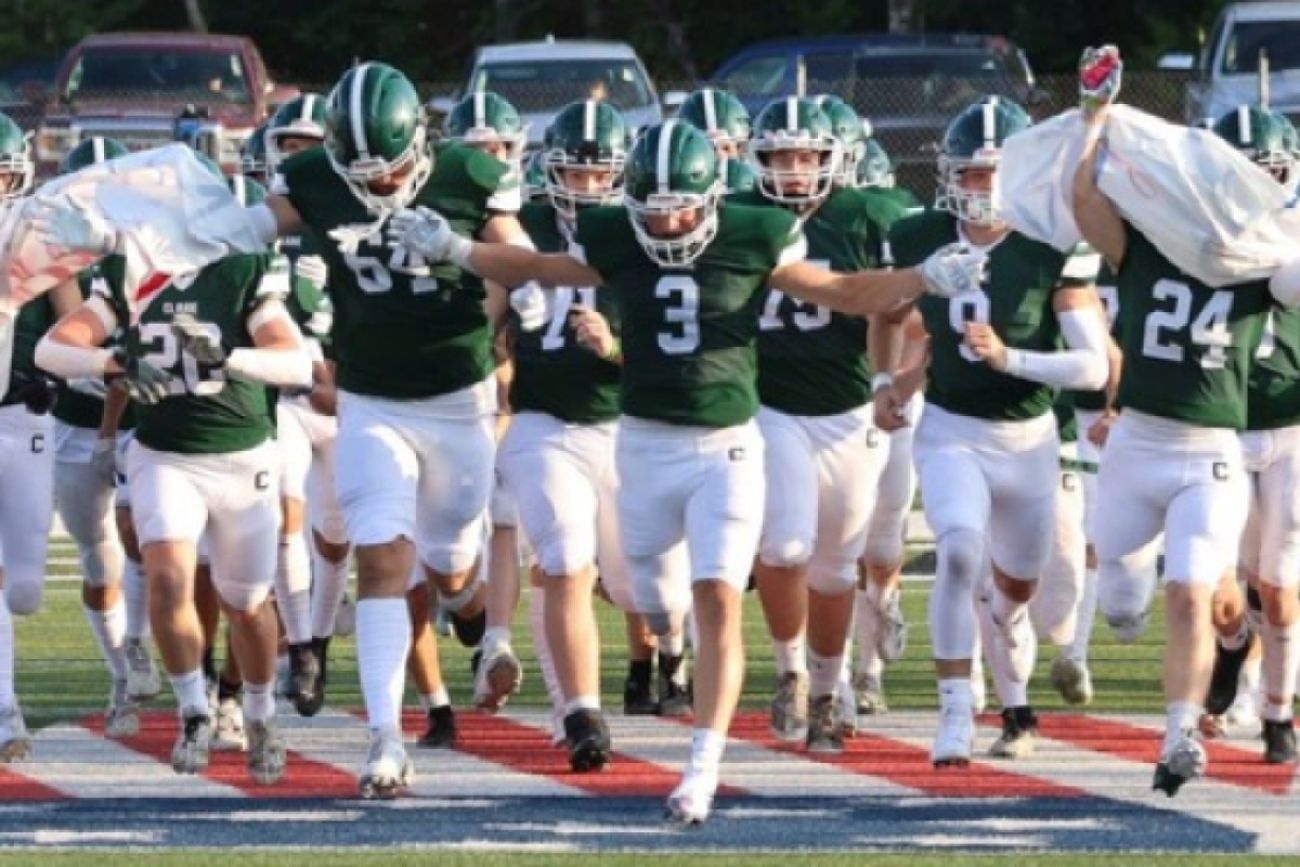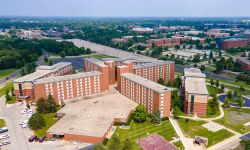Donald Trump wants to expand school choice. In Michigan, 1 in 4 participate

- Nearly 200,000 students left their district to attend another one during the 2023-24 school year
- Another 150,000 students are attending a charter school
- School leaders say parent choice is important but a competitive market provides funding challenges
In the Clare Public Schools, students have a lot of class options: drone flying, American Sign Language and advanced, high-tech metalworking.
Those opportunities are a byproduct of relatively stable enrollment, buoyed by school choice and the more than 550 students who attend Clare from other districts — over one-third of the district’s total enrollment.
At the same time, Clare has had trouble persuading local residents to support higher taxes for the schools. In separate votes last year, voters crushed ballot proposals to borrow at least $50 million or more to build or renovate schools.
“The difficult thing to explain is that we wouldn't be able to offer some of the programs that we do today if we didn't have those extra students,” said Matt Forsberg, superintendent of the 1,600-student district.
School choice again is in the national spotlight with the election of President Donald Trump. The option continues to gain popularity in Michigan 30 years after it was introduced, despite concerns about its impact on education.
Statewide, 1 in 4 Michigan K-12 students attend school at a charter or in a school choice district, a Bridge Michigan analysis of the latest enrollment data shows.
Nearly 200,000 students left their district to attend another one during the 2023-24 school year, and another 150,000 attended a charter school.
That’s up some 17,000 students since 2018-2019, at a time when overall statewide enrollment has fallen by nearly 80,000 to 1.37 million.
The vast majority of Michigan’s 532 public school districts welcome choice, with only a few dozen not accepting most students from other districts.
Bridge’s analysis focuses on public school choice but more students could leave the public sector in the coming years. Linda McMahon, Trump’s nominee for education secretary, is a proponent of increased choice.
Related:
- Pass or fail: How Trump’s education plans could impact Michigan kids
- Michigan Dems want to overhaul sex ed, allow schools to distribute condoms
- Michigan voters OK $640M in school bonds but reject nearly 4 in 10 requests
The Trump administration is sympathetic to using public funds for private education, which is forbidden under Michigan’s state constitution.
With control of the Michigan House set to swing to Republicans next year, more changes are possible.
Choice can help, but hurt districts
In Michigan, school choice and its impact is multi-faceted. A growing number of parents love it, yet choice is one factor cited as why school tax proposals proposals pass at a lower rate than before.
In the past two years, districts with at least 25% of students coming from another district passed just 47% of tax requests. That’s below the overall passage rate of nearly 60% for school bond requests, according to a Bridge Michigan analysis.
“Inter-district choice has destabilized many rural districts. And for those districts that are losing significant shares of their students (it) has limited their curricular offerings,” said David Arsen, professor emeritus at Michigan State University who has studied rural schools and the impact of declining enrollment.
The scenario is playing out in mid-Michigan, where the Clare district gains students from Harrison Community Schools and Farwell Area Schools.
Nearly one-fifth of Harrison students leave the district, including 121 who go to Clare, and nearly one-third Farwell students leave, including 314 who go to Clare.
“Parents are recognizing their power as a consumer in that market,” Harrison Superintendent Judy Walton told Bridge.
Nearly $10,000 in state aid follows each student, making transfers critical for some districts in a state with slowly falling overall enrollment.
“We live in an area that has a fairly low socioeconomic status, as far as a county, one of the poorest in the state,” said Forsberg, the Clare superintendent. “And I think Clare in particular, has been fortunate to sustain programming that other students are interested in.”
In Harrison, Walton said she feels for families who don’t have a great public school choice, “sometimes it has caused school districts to almost act like college recruiters.” Walton said the local superintendents have a working relationship. Her district’s new strategic plan includes marketing, though.
Some districts are more aggressive. Walton said a district north of Harrison — not Clare — took out an ad in a local paper to encourage transfers.
"I would never do that," Walton said.
In nearby Farwell, Superintendent Steve Scoville echoed the concerns of many superintendents and said that choice makes budgeting and planning for upcoming years difficult.
“Competition can always make you stronger and I support that principle,” Scoville said. “I feel like we struggle to build in the predictability of it.”
Choice grows
In urban areas, families often have several choices between traditional public school districts and charter schools, while charters are rarer in rural areas.
In Detroit, the state’s largest district, little has changed, though, with 45% of zoned students attending a charter school and 9% of students attending another district.
Outside Detroit, some well-to-do districts, including Rochester and Grosse Pointe, do not allow choice.
Statewide, 38 districts in which more than half of their resident students leave for a charter or another district, up from 32 in 2018-19. In 23 districts, more than half of students come from elsewhere.
Sarah Cohodes, associate professor of public policy at the University of Michigan who studies school choice, told Bridge Michigan that the state is essentially “too in the middle,” where the the state has enough choice to be “destabilizing” for traditional school districts' finances but not enough where the state can “start from scratch and have a new system, a new way of funding students.”
South of Clare in Ingham County, Williamston Community Schools Superintendent Adam Spina said he loves reading through transfer applications and meeting families who have spent hours researching their different school options.
Over a quarter of Williamston students — nearly 500 — come from another district. Neighboring Webberville has a different story: nearly half, 47%, of its students leave for Williamston or another district.
Williamston’s enrollment is down less than 2% in the past five years; Webberville’s is down 16%.
“On the whole, it’s been a big plus for us,” Spina said. “But I understand that there’s probably others that feel differently.”
Michigan Education Watch
Michigan Education Watch is made possible by generous financial support from:
Subscribe to Michigan Education Watch
See what new members are saying about why they donated to Bridge Michigan:
- “In order for this information to be accurate and unbiased it must be underwritten by its readers, not by special interests.” - Larry S.
- “Not many other media sources report on the topics Bridge does.” - Susan B.
- “Your journalism is outstanding and rare these days.” - Mark S.
If you want to ensure the future of nonpartisan, nonprofit Michigan journalism, please become a member today. You, too, will be asked why you donated and maybe we'll feature your quote next time!






